
Styling tips from fifth-generation owner of a business that began before samurai were allowed to cut their top-knots.
SoraNews24’s Japanese-language reporter Masanuki Sunakoma has been on a bit of a mission lately, looking to change up his hairstyle by seeking out advice from some of the country’s most unusual hairdressers.
His most recent hirsute pursuit took him to Shibagaki Barber Shop, located in Yokohama, about an hour’s train ride from Tokyo, in the capital’s neighbouring prefecture of Kanagawa.
This humble shopfront doesn’t look any different to a lot of neighbourhood barber shops you’d find in Japan, but for those in the know, this is one of the most historic places you can get a trim, as it’s the oldest Western barber shop in the country.
Founded in 1869, just two years after the end of the Edo Period (1603-1867), Shibagaki Barber Shop predates the government-issued Danpatsurei Edict of 1871, which allowed samurai to cut off their top-knots cut and wear their hair in Western styles.
Once the edict came about, the founder of Shibagaki Barber Shop, Eikichi Shibagaki, switched his business from hairdressing to haircutting to adapt to the changing times.
▼ Eikichi is the man seated in this photo, with second-generation owner, Kyutaro, standing behind him.
During the Meiji Period (1868-1912), Japan underwent a period of westernisation that extended beyond hairstyles to influence all facets of daily life. During this time, Shibagaki Barber Shop was located at the same place it was first established – at Sumiyoshi-cho in Naka-ku, Yokohama.
▼ This 1906 photo of Shibagaki’s barber shop shows the western influence evident in the uniforms, furnishings, utensils, and decor.
After surviving the 1923 Great Kanto Earthquake, World War II occurred from 1939-1945, after which Shibagaki was forced to move by order of General Headquarters (Office of the Supreme Commander of the Allied Powers, the title held by General Douglas MacArthur during the Allied occupation of Japan following World War II).
That’s when Shibagaki moved to Hatsunecho, where the business still continues to this day. Now, 124 years after the business was founded, 5th-generation owner Shintaro Shibagaki continues the family business, and the 78-year-old has been cutting hair for clients here since 1958.
▼ Shintaro Shibagaki
It’s not as busy here as it was in its heyday, back before cheap haircuts and cool stylists appeared on the scene in the ’90s. Still, Shibagaki has a roster of loyal clientele who visit regularly for his professional touch, and a few walk-ins every now and then from people wanting to experience some old-school barbering.
When it comes to styles, the vast majority of customers simply sit back and leave it up to Shibagaki to decide what type of haircut would suit them best. And that’s what Masanuki decided to do as well, leaving it up to the master as he took a seat in the barber’s chair.
Shibagaki asked Masanuki to remove his mask so he could see his features while he cut our reporter’s hair, and upon seeing his face, the barber simply said, “A foreign-style close-cut” and got straight to cutting.
While Masanuki felt as if he should put his mask back on, he wasn’t one to argue with the master, who was fully masked and happy to chat about the history of the store as he trimmed our reporter’s barnet.
When it came time to have his hair washed, Masanuki was surprised to hear Shibagaki instructing him to bend forward. Our reporter looked a bit puzzled, until Shibagaki explained that he preferred the front-leaning style for washing, as opposed to back-leaning, because it allows him to wash the back of the head more effectively.
As he leant forward, Masanuki felt Shibagaki’s fingers getting into all the right spots, and he realised that the front-leaning style meant all his hair was exposed, which would make it a lot easier for the person scrubbing his scalp.
Masanuki’s experience with different hairdressers has introduced him to a variety of washing styles, with some even using cold water, so he chalked this one up as yet another unusual technique to remember.
What really surprised Masanuki, though, was the shave and massage he received with his cut. After softening the skin on his face by massaging it with a beautifully scented cream, Shibagaki steamed Masanuki’s entire face with a hot towel, applied a generous amount of shaving foam, and began to shave his face with smooth, confident strokes.
▼ This was pure craftsmanship, and Masanuki felt a strange sense of security putting his face in the barber’s hands.
To finish off the service, Shibagaki pulled out a heavy looking metal device that roused Masanuki’s curiosity.
Demonstrating it in action, Shibagaki explained that this was a machine developed in the Showa era (1926-1989) for massaging. When the machine was applied to Masanuki’s shoulders, it felt unbelievably good, with incredibly strong vibrations that released all the tension in his muscles.
All up, it took roughly an hour for Masanuki’s styling session to be complete. It was a fantastic experience, and there was something so special about being able to fully enjoy the talented skills passed down through one family from the 1800s.
As for the cut? Masanuki was suitably impressed. True to the reviews he’d heard, Shibagaki really does know how to cut hair to suit a person’s face, and the perfectly seamless gradation of length from short to long was testament to the skills of a master barber.
Old-school barbers like this one are sadly decreasing in Japan, so it’s nice to be able to visit them and help support them when we can. If you’d like to receive a haircut with over a century of expertise behind it, Shibagaki is definitely your man. On the other hand, if you’d like an over-the-top pompadour hairstyle popular with by coming-of-age partygoers, then this barber shop in Okinawa is your ideal destination.
Barber Information
Shibagaki Barber Shop / 柴垣理容院
Address: Kanagawa-ken, Yokohama-shi, Naka-ku, Hatsune-cho 1-20
神奈川県横浜市中区初音町1丁目20
Hours: 8:30 a.m.-5:30 p.m.
Closed: Mondays and Tuesdays
Website
Photos © SoraNews24
● Want to hear about SoraNews24’s latest articles as soon as they’re published? Follow us on Facebook and Twitter!
[ Read in Japanese ]


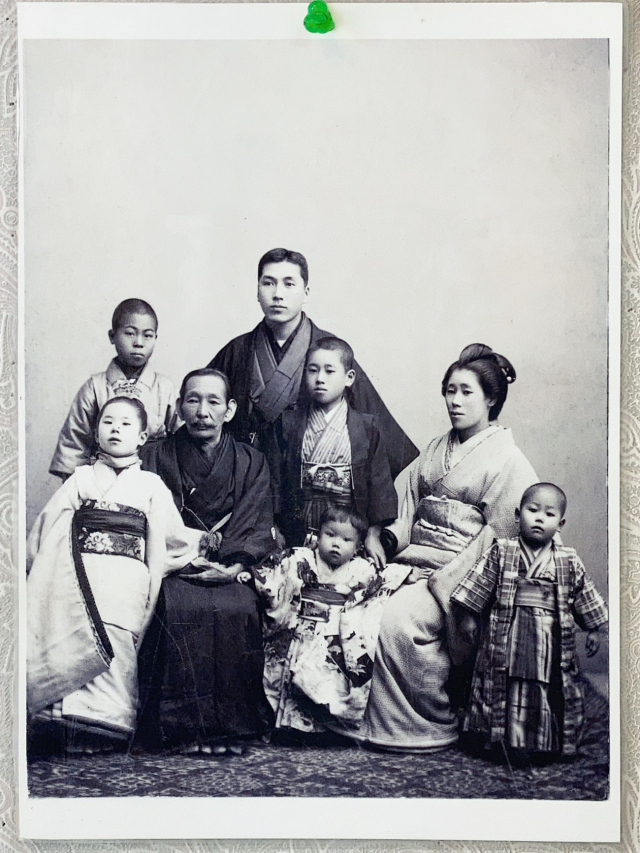
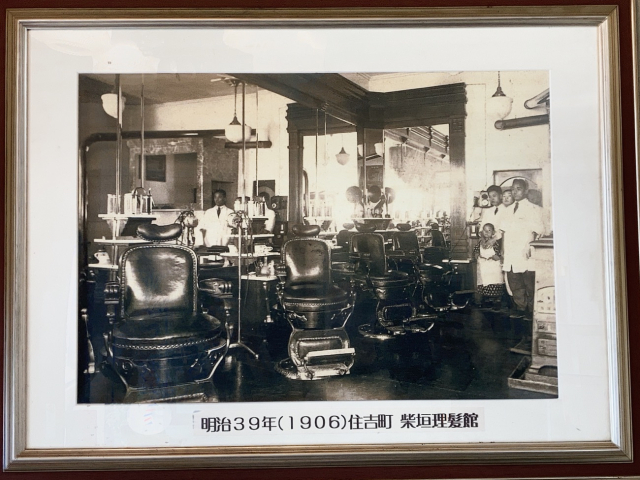
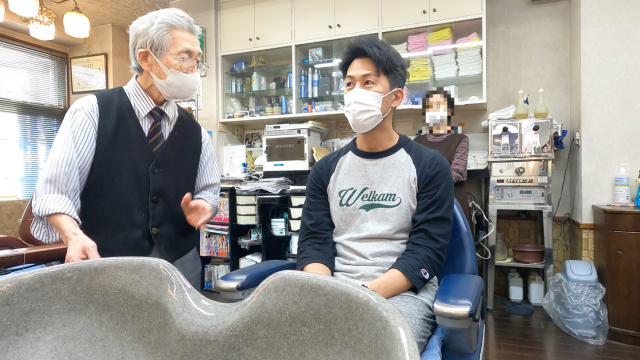
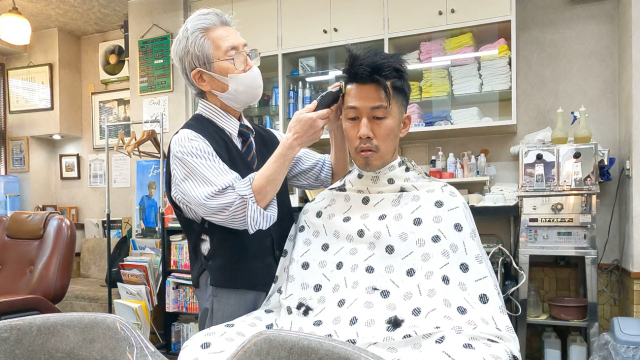
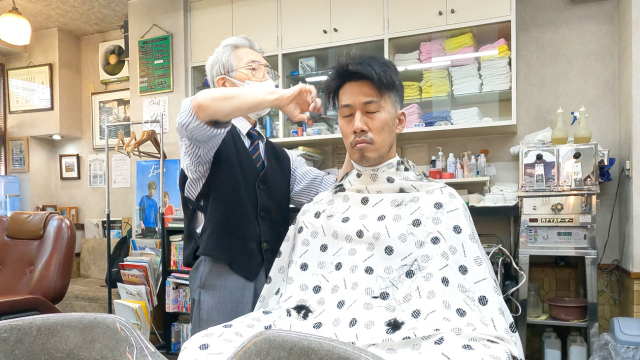
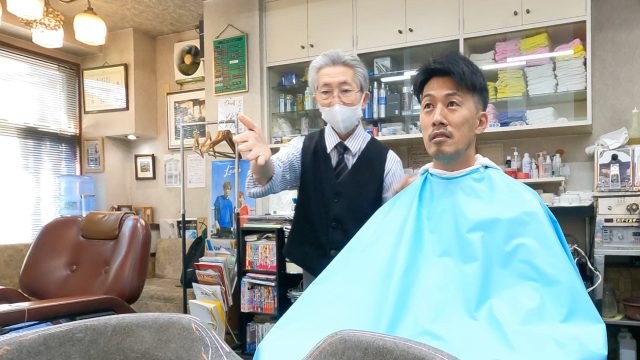
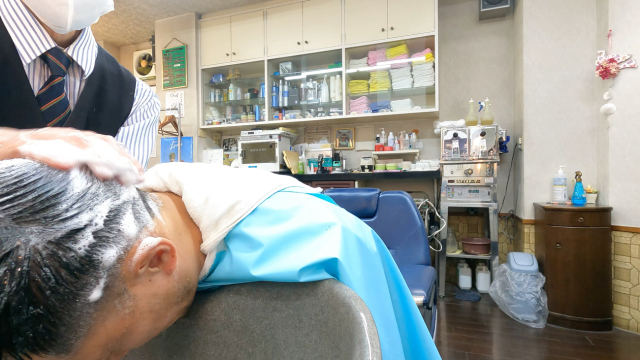

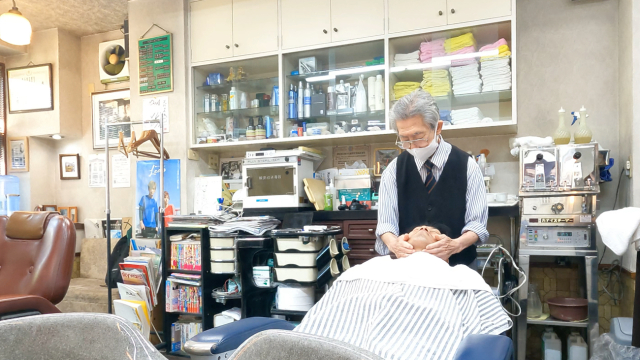
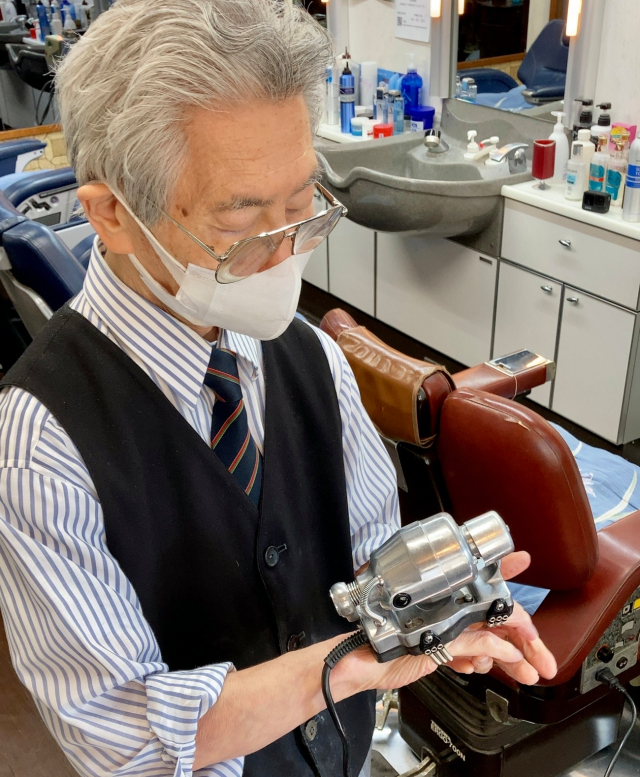
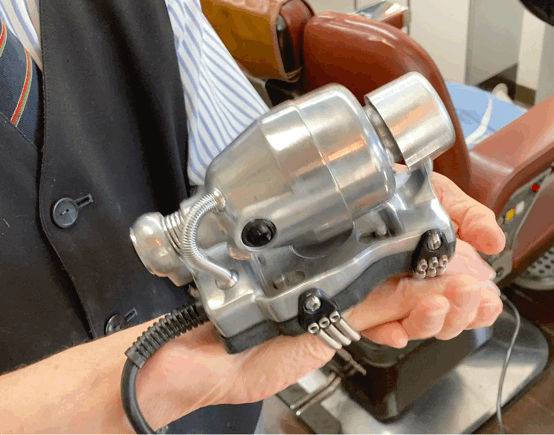
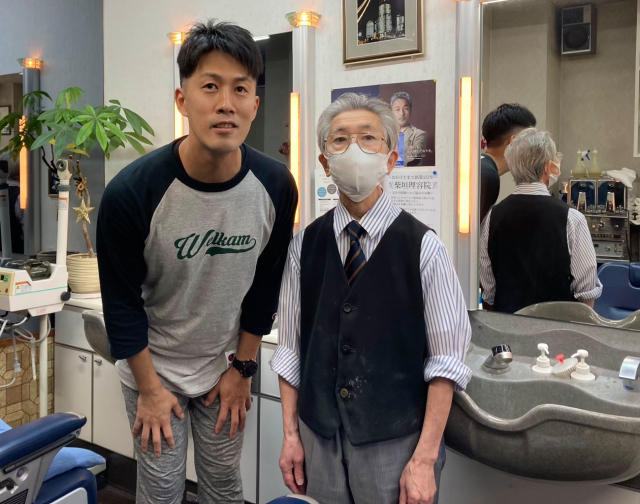
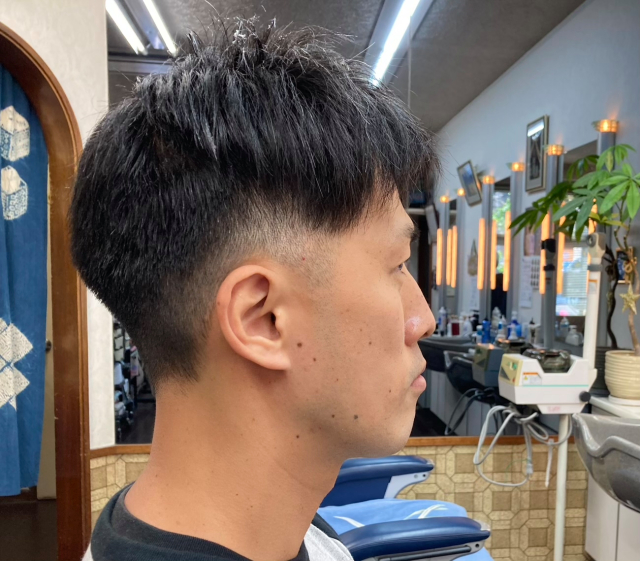
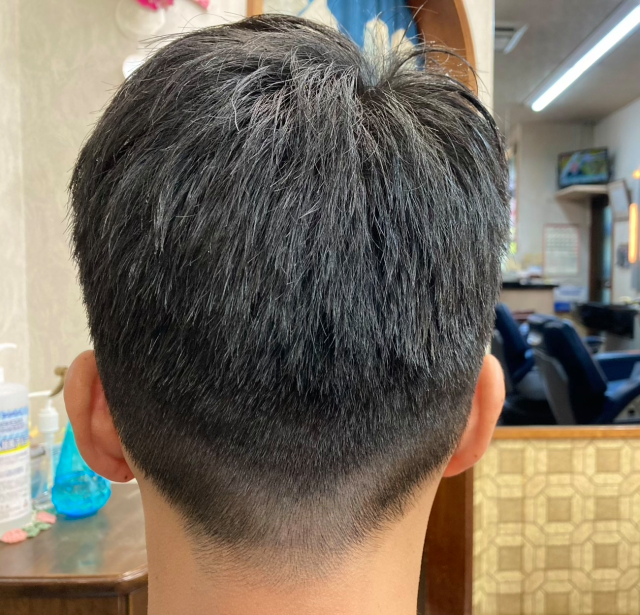
 We got a haircut at “Japan’s Leading Barber” and walked away feeling like a million bucks
We got a haircut at “Japan’s Leading Barber” and walked away feeling like a million bucks RocketNews24 Japan writer gets haircut in Cuba, gets more than he bargained for
RocketNews24 Japan writer gets haircut in Cuba, gets more than he bargained for You can now get stick-on salon masks for haircuts in the coronavirus age in Japan
You can now get stick-on salon masks for haircuts in the coronavirus age in Japan Chinese city questions $32,000 budget for cops getting three haircuts a month
Chinese city questions $32,000 budget for cops getting three haircuts a month Pepper the robot suggests what haircut is best for you at Japanese barber shops【Video】
Pepper the robot suggests what haircut is best for you at Japanese barber shops【Video】 New Nintendo Lego kit is a beautiful piece of moving pixel art of Mario and Yoshi【Photos】
New Nintendo Lego kit is a beautiful piece of moving pixel art of Mario and Yoshi【Photos】 How to order snacks on a Shinkansen bullet train in Japan
How to order snacks on a Shinkansen bullet train in Japan Hello, cosmetics! Clinique teams up with Hello Kitty this summer for first-time collaboration
Hello, cosmetics! Clinique teams up with Hello Kitty this summer for first-time collaboration Demon Slayer: Kimetsu no Yaiba gets new roller coaster attractions and food at Universal Studios Japan
Demon Slayer: Kimetsu no Yaiba gets new roller coaster attractions and food at Universal Studios Japan McDonald’s adds new watermelon frappe and fruity macaron to its menu in Japan
McDonald’s adds new watermelon frappe and fruity macaron to its menu in Japan Cosmetic wizardry: Asian women removing makeup to reveal their true selves goes viral【Video】
Cosmetic wizardry: Asian women removing makeup to reveal their true selves goes viral【Video】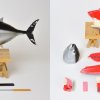 Tsukiji Fish Market Vendor Releases Tuna For Home Assembly
Tsukiji Fish Market Vendor Releases Tuna For Home Assembly High-fashion Totoro cuddle purse is like an elegant stroll in the forest【Photos】
High-fashion Totoro cuddle purse is like an elegant stroll in the forest【Photos】 U.S. Olympic athlete reveals he runs with Yi-Gi-Oh! cards tucked into his uniform【Video】
U.S. Olympic athlete reveals he runs with Yi-Gi-Oh! cards tucked into his uniform【Video】 Japan’s new difficult-to-drink-from beer glass protects your liver, but it’s a brutal experience
Japan’s new difficult-to-drink-from beer glass protects your liver, but it’s a brutal experience Nintendo history you can feel – Super NES, N64, and GameCube controllers become capsule toys
Nintendo history you can feel – Super NES, N64, and GameCube controllers become capsule toys “The most Delicious Cup Noodle in history” – Japan’s French Cup Noodle wins our heart【Taste test】
“The most Delicious Cup Noodle in history” – Japan’s French Cup Noodle wins our heart【Taste test】 Starbucks releases a cute Frappuccino and Unicorn Cake…but not in Japan
Starbucks releases a cute Frappuccino and Unicorn Cake…but not in Japan Kyoto Tower mascot termination reveals dark side behind cute Japanese characters
Kyoto Tower mascot termination reveals dark side behind cute Japanese characters McDonald’s Japan’s Soft Twist Tower: A phantom ice cream only sold at select branches
McDonald’s Japan’s Soft Twist Tower: A phantom ice cream only sold at select branches Yabai Ramen: What makes this Japanese ramen so dangerous?
Yabai Ramen: What makes this Japanese ramen so dangerous? Finally! Nintendo Japan expands Switch 8-bit controller sales to everybody, Online member or not
Finally! Nintendo Japan expands Switch 8-bit controller sales to everybody, Online member or not Japanese government wants to build luxury resorts in all national parks for foreign tourists
Japanese government wants to build luxury resorts in all national parks for foreign tourists To combat declining birth rate, Japan to begin offering “Breeding Visas” to foreigners
To combat declining birth rate, Japan to begin offering “Breeding Visas” to foreigners 10 things you should buy at 7-Eleven in Japan
10 things you should buy at 7-Eleven in Japan Studio Ghibli releases anime heroine cosplay dresses that are super comfy to wear
Studio Ghibli releases anime heroine cosplay dresses that are super comfy to wear Woman charged for driving suitcase without a license in Osaka
Woman charged for driving suitcase without a license in Osaka Studio Ghibli unveils My Neighbour Totoro miniature house model
Studio Ghibli unveils My Neighbour Totoro miniature house model Kyoto experiencing problems with foreign tourists not paying for bus fares, but not on purpose
Kyoto experiencing problems with foreign tourists not paying for bus fares, but not on purpose Fighting mild hunger with a Japanese soda that turns into jelly in the stomach【Taste test】
Fighting mild hunger with a Japanese soda that turns into jelly in the stomach【Taste test】 Studio Ghibli’s Howl’s Moving Castle tapestry unveiled in Japan for first time
Studio Ghibli’s Howl’s Moving Castle tapestry unveiled in Japan for first time McDonald’s new Happy Meals offer up cute and practical Sanrio lifestyle goods
McDonald’s new Happy Meals offer up cute and practical Sanrio lifestyle goods Sales of Japan’s most convenient train ticket/shopping payment cards suspended indefinitely
Sales of Japan’s most convenient train ticket/shopping payment cards suspended indefinitely Sold-out Studio Ghibli desktop humidifiers are back so Totoro can help you through the dry season
Sold-out Studio Ghibli desktop humidifiers are back so Totoro can help you through the dry season Japanese government to make first change to romanization spelling rules since the 1950s
Japanese government to make first change to romanization spelling rules since the 1950s Foreigner’s request for help in Tokyo makes us sad for the state of society
Foreigner’s request for help in Tokyo makes us sad for the state of society Ghibli founders Toshio Suzuki and Hayao Miyazaki contribute to Japanese whisky Totoro label design
Ghibli founders Toshio Suzuki and Hayao Miyazaki contribute to Japanese whisky Totoro label design Doraemon found buried at sea as scene from 1993 anime becomes real life【Photos】
Doraemon found buried at sea as scene from 1993 anime becomes real life【Photos】 Tokyo’s most famous Starbucks is closed
Tokyo’s most famous Starbucks is closed Princesses, fruits, and blacksmiths: Study reveals the 30 most unusual family names in Japan
Princesses, fruits, and blacksmiths: Study reveals the 30 most unusual family names in Japan Let’s practice some non-toxic masculinity with Japanese pro-wrestler anti-bacterial face masks
Let’s practice some non-toxic masculinity with Japanese pro-wrestler anti-bacterial face masks This “Texas Pile” set lured us into a fried chicken shop for the first time, and we have no regrets
This “Texas Pile” set lured us into a fried chicken shop for the first time, and we have no regrets The Big Bomb Onigiri Japanese rice ball helps us conquer mountain race but conquers us in the end
The Big Bomb Onigiri Japanese rice ball helps us conquer mountain race but conquers us in the end Why do elevators have mirrors in them? Japan Elevator Association has the answer
Why do elevators have mirrors in them? Japan Elevator Association has the answer Osaka hotel has amazing all-you-can-eat takoyaki and kushikatsu breakfast buffet
Osaka hotel has amazing all-you-can-eat takoyaki and kushikatsu breakfast buffet Field-testing the shark sleeping bag/hoodie/kigurumi being offered for zero yen online【Photos】
Field-testing the shark sleeping bag/hoodie/kigurumi being offered for zero yen online【Photos】 Otaku geek makeovers by Tokyo fashion expert go viral in Japan
Otaku geek makeovers by Tokyo fashion expert go viral in Japan For just 5 yen, Amazon Japan’s cheapest possible outfit will have you looking like 0.04 bucks!
For just 5 yen, Amazon Japan’s cheapest possible outfit will have you looking like 0.04 bucks! We eat an intimidating curry with toppings randomly chosen for us by CoCo Ichibanya’s ‘Gacha’ app
We eat an intimidating curry with toppings randomly chosen for us by CoCo Ichibanya’s ‘Gacha’ app We brave the winter with the lowest-rated gloves from Amazon Japan
We brave the winter with the lowest-rated gloves from Amazon Japan This casual restaurant in Yokohama will serve you a tasty “two-color” tray at the crack of dawn
This casual restaurant in Yokohama will serve you a tasty “two-color” tray at the crack of dawn It’s a race against time with Amazon Japan’s lowest-rated hourglass
It’s a race against time with Amazon Japan’s lowest-rated hourglass Super-cheap Online Shopping – Can you make a capsule hotel look cool with a 365-yen aurora light?
Super-cheap Online Shopping – Can you make a capsule hotel look cool with a 365-yen aurora light? What happens when our reporters show up to work dressed like their fathers?
What happens when our reporters show up to work dressed like their fathers? Our one-star Halloween mask from Amazon has arrived! …in mid-November
Our one-star Halloween mask from Amazon has arrived! …in mid-November Is Chinese hairstylist who shaved triangle into customer’s head the best or worst in the world?
Is Chinese hairstylist who shaved triangle into customer’s head the best or worst in the world?
Leave a Reply